Jerusalem Artichokes: Everything you need to know about growing and eating them
Point one: they're not artichokes, and they're not from Jerusalem, says Mark Diacono.
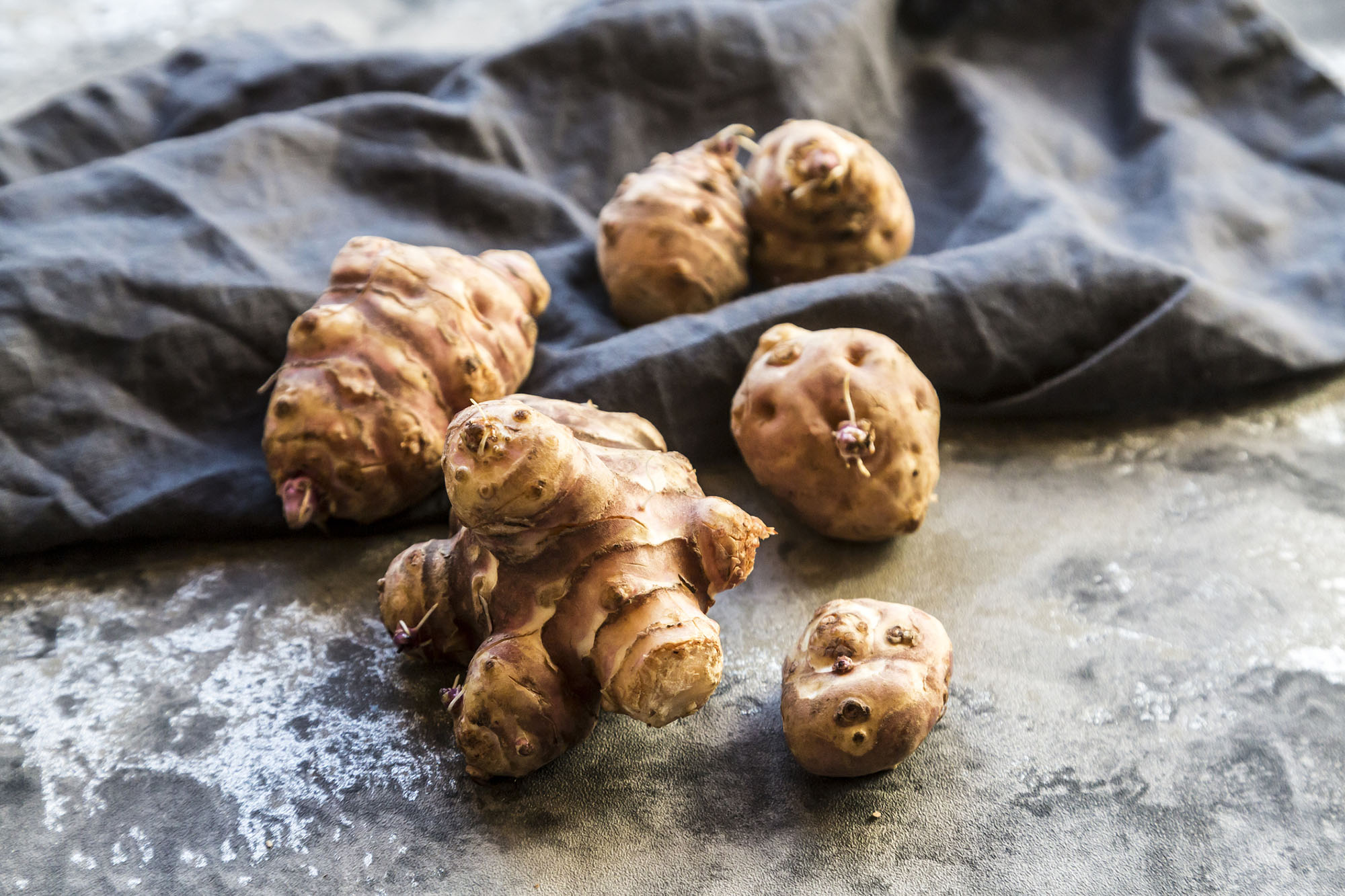

Jerusalem artichokes were one of the first things I grew when I got the gardening bug and they’ve been present in my garden ever since. Everything about them makes me feel good (caveats apply; see a few paragraphs down). They are trouble-free and delicious, but — and I don’t say this lightly — I might grow them even if I didn’t find them delicious, such is their generosity throughout the year.
Firstly, let’s deal with their name: they are neither artichokes, nor from Jerusalem. They are sunflowers and the Italian for sunflower is girasole, which appears to have morphed into Jerusalem over the centuries. They are native to the river basins of the US, which perhaps explains why they thrived when I grew them close to the River Otter here in Devon. They love both full sun and a fertile, moist soil.
Their engine room comes in the form of knobbly tubers. Once the weather warms up, these tubers fire into life, producing tall, thick stems that often reach 6ft–10ft. If you grow them in a thick line as I do, they form something of a seasonal windbreak, providing shade and shelter for crops on the least exposed side.
In a sunny summer, the tall stems produce extraordinary flowers that, although smaller than familiar sunflowers, more than deserve their place in the same family. Increasingly, they are being used here in the UK as florists’ cut flowers (as they are commonly in Italy).
They’re not cheap, either. I cut the flowers for the house, which earns me much-needed good-husband points and diverts the plant’s energies from the flowers to the developing tubers and, in turn, to winter meals.
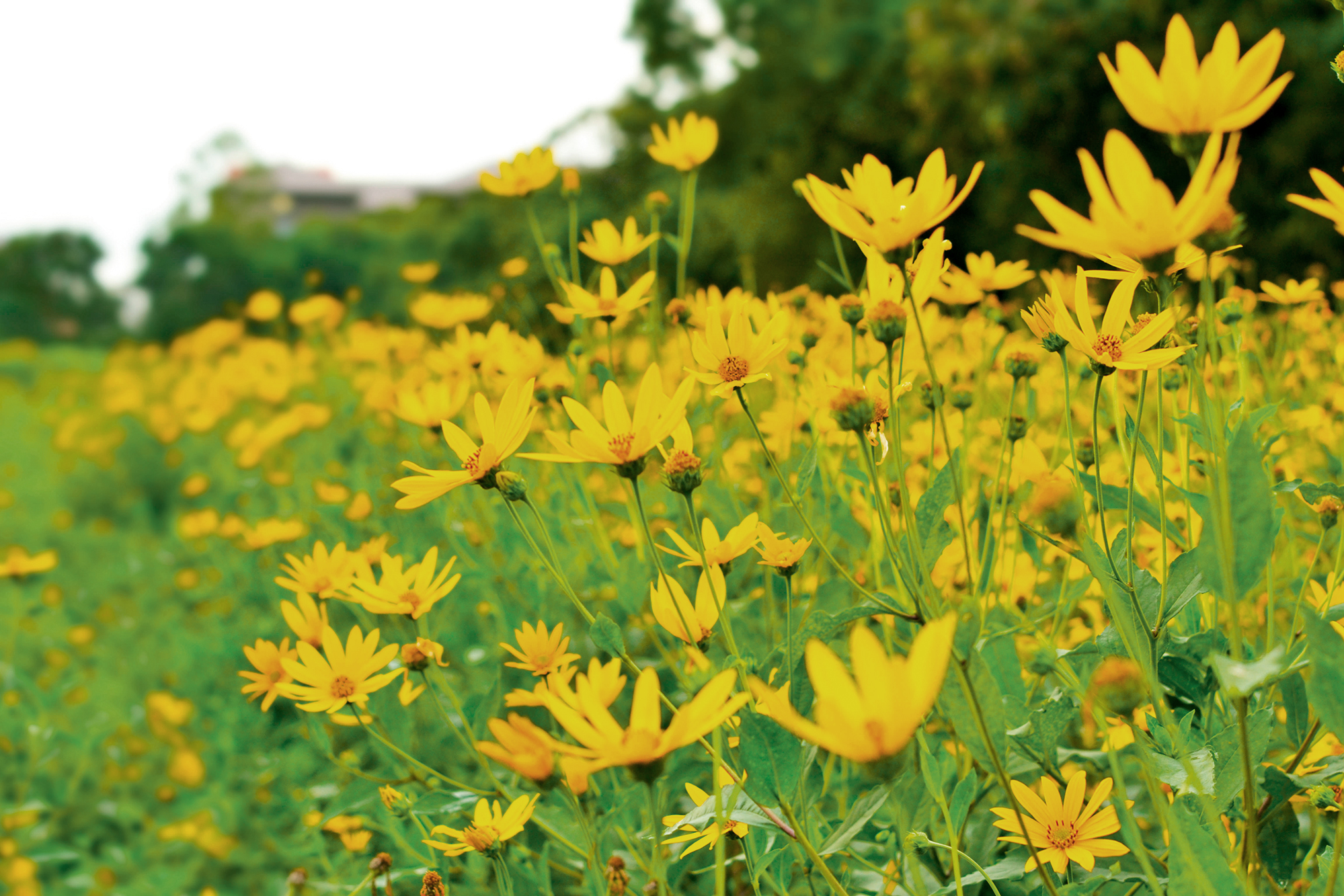
The flowers also bring hoverflies, bees and ladybirds into the garden that will act as pollinators and/or happily tackle a few seasonal pests such as aphids. When it comes to harvesting the tubers as autumn turns to winter, all of that enthusiastic growth can be added to the compost heap and contribute to the fertility of next year’s garden.
On top of all that, artichokes provide one of my favourite harvests of the year. Although you can find the tubers in a few shops, they are not commonly for sale: you’re better to grow them yourself. They have a distinctive earthy, sweet, almost mushroomy flavour that makes an excellent soup and perhaps my favourite risotto; they roast well and make superb crisps.
Exquisite houses, the beauty of Nature, and how to get the most from your life, straight to your inbox.
I know a few people are put off by their supposed invasiveness; in truth, they are like potatoes, any unharvested will grow and multiply the following year. Unlike potatoes, buy them once and you have them for as long as you want, if you leave some to grow the following year, without any risk of diseases building up as a result. Jerusalem artichokes also produce well in a large container, but water them regularly and feed occasionally for the best chance of both flowers and a hefty crop.
"They all taste the same, so go for one of the less knobbly kinds to make peeling them easier"
The caveat: some of the starch is in the form of inulin, which most of us can’t digest readily, and can cause some — as an old school pal used to put it — to play a merry tune on the bowel bugle. If you are affected, eating them with parsley seems to greatly reduce this — which is handy as they go together so well — and the more you eat them, the better your body deals with the inulin.
There aren’t that many varieties to choose from and, in my experience, they all taste the same, so go for one of the less knobbly kinds, such as Fuseau, to make peeling them (if you do) easier. Winter is the time to source them for planting in spring. I usually sink them 6in down and about 24in from their neighbour.
Once planted, there’s nothing to do (apart from cut late-summer flowers), until the frosts knock back the top growth. As with parsnips, the onset of cold can help convert those starches into sugars, increasing the sweetness and reducing any potential for ‘disturbance’.
The tubers don’t store well, but they are cold-hardy, so don’t pick them before you want to eat them. If the ground is frozen too hard to dig, simply wait until it thaws and they’ll be fine to harvest then. Any you leave will multiply the following year, giving you all its generous gifts for nothing.
Mark Diacono grows edibles, both usual and unusual, at Otter Farm in Devon — www.otterfarm.co.uk
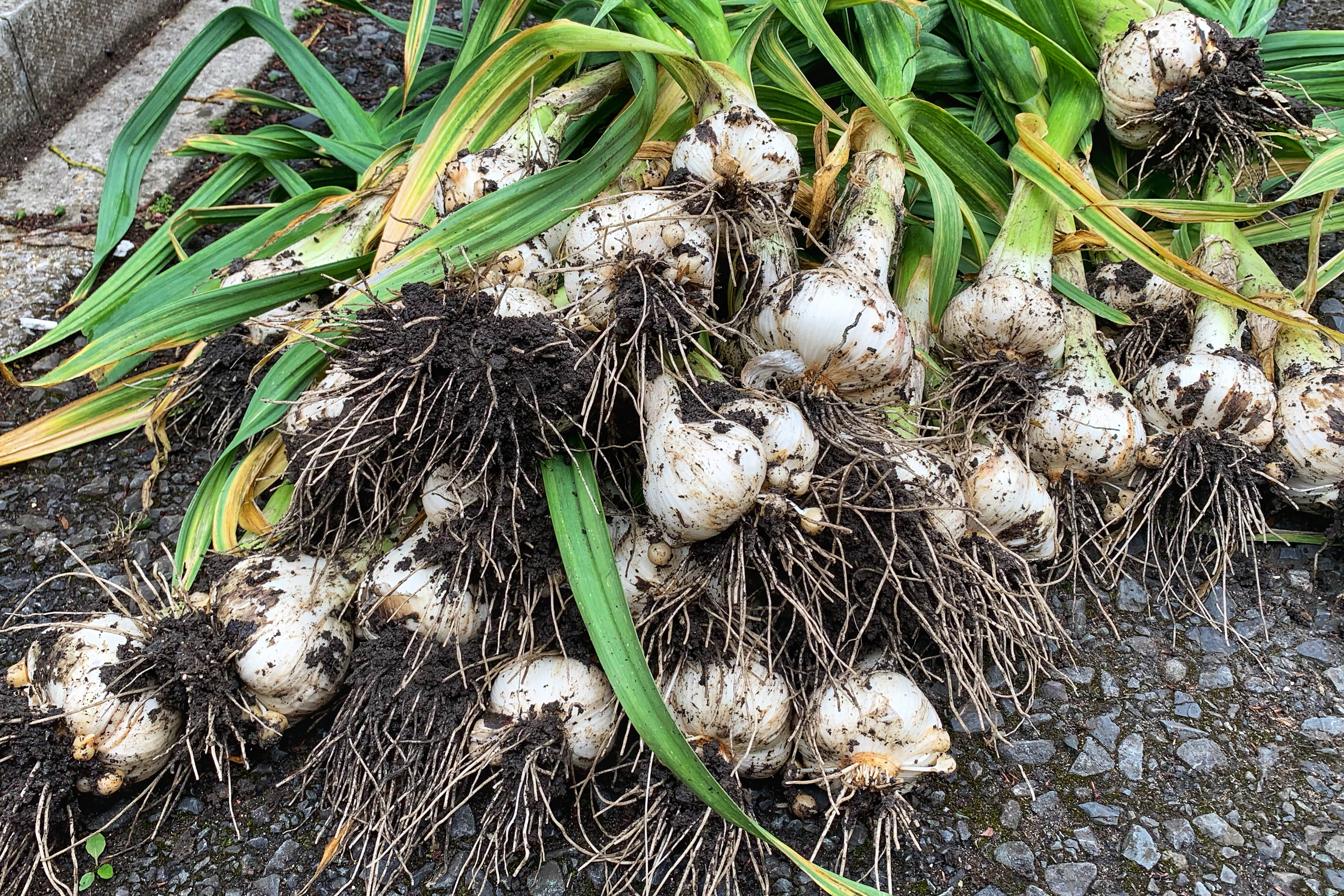
Credit: Getty Images
How to grow garlic: Delicious, lucky and superbly easy to cultivate
Mark Diacono teaches us how to grow garlic.
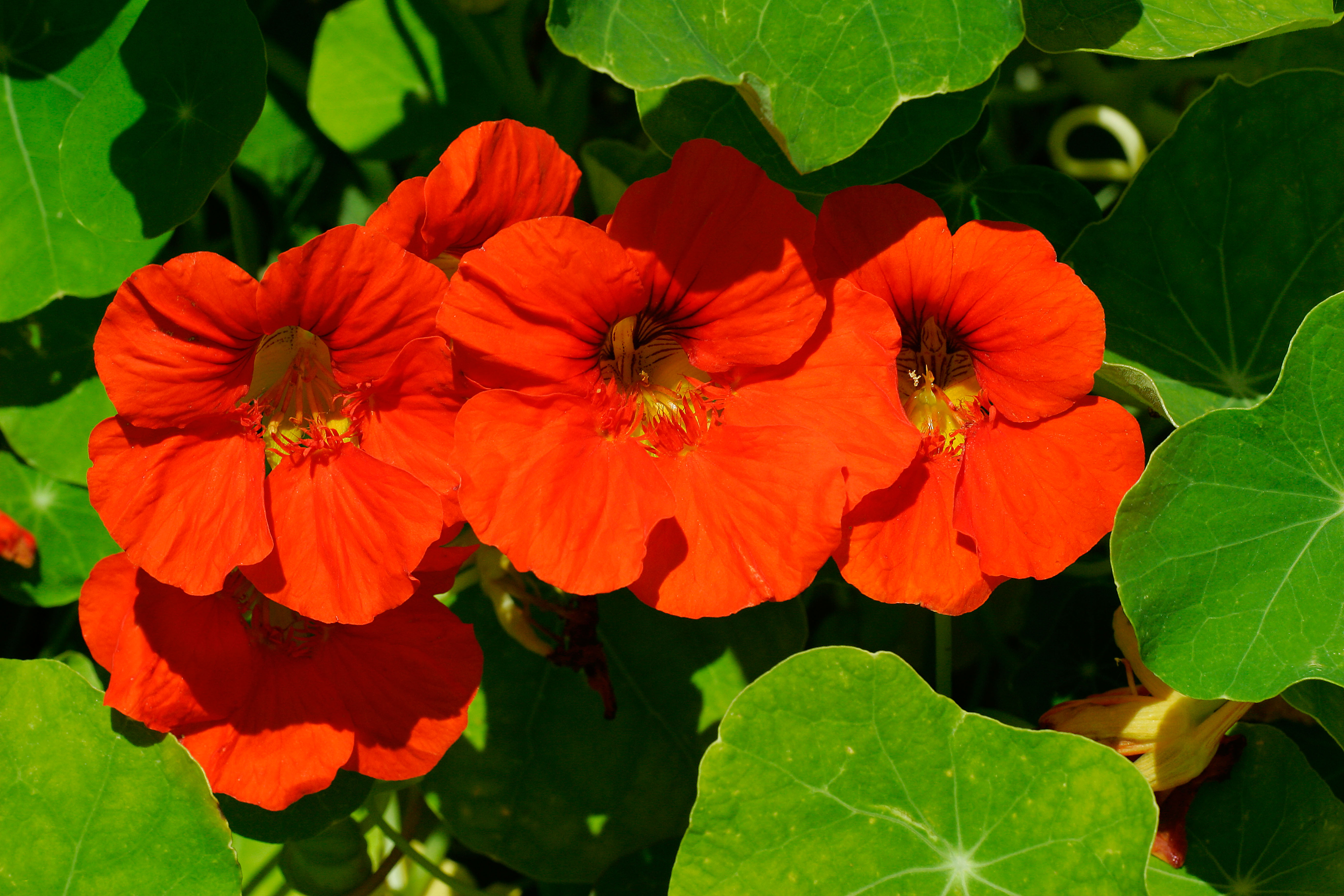
Credit: Alamy
The top salad leaves to grow in your garden for summer garnishes
Mark Diacono tells us his top salads to plant to accompany barbecues this summer season.
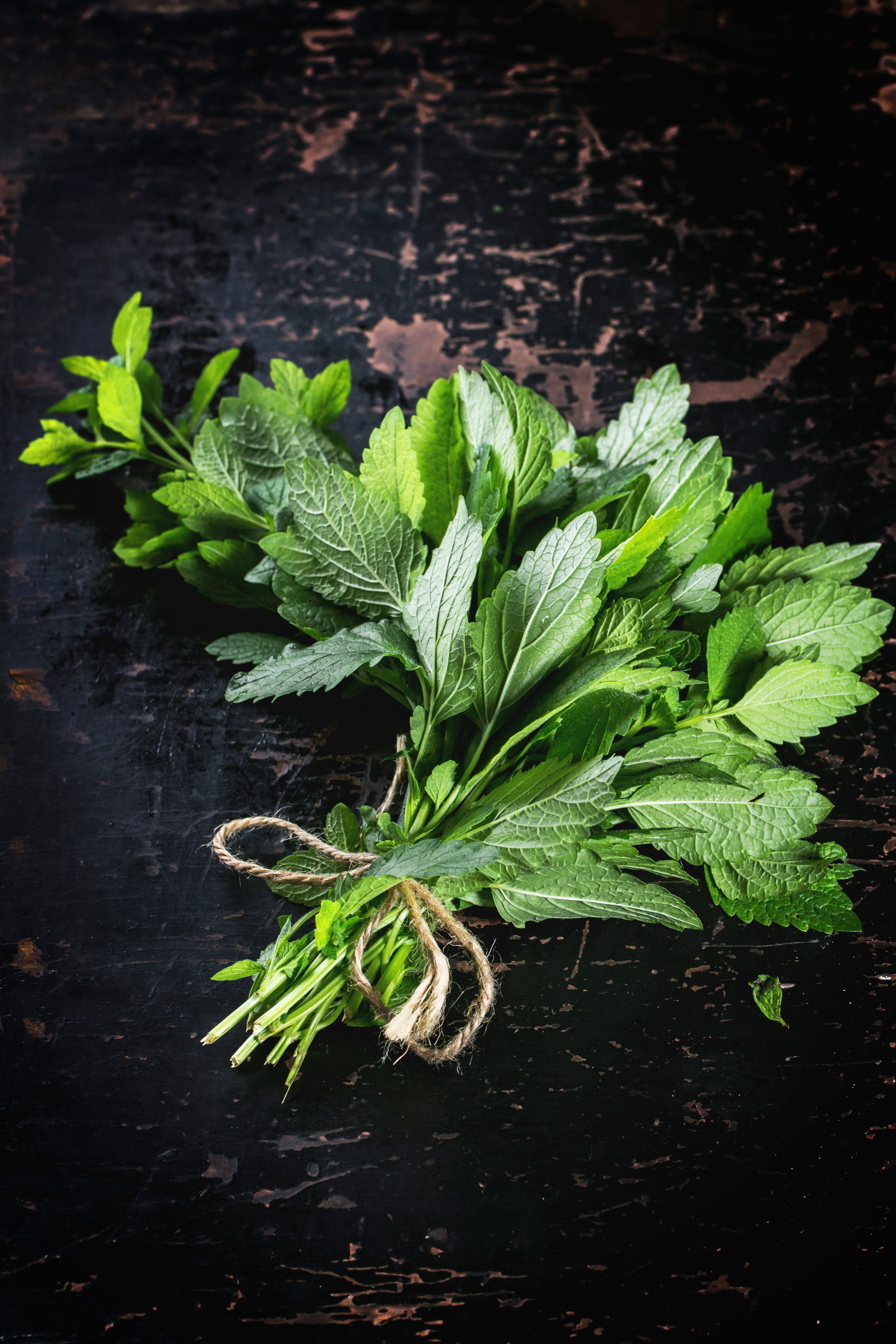
Credit: Alamy
Cultivating mint: What varietals to plant, where to plant them and whether they should be used for jelly or juleps
Mark Diacono explains why mint is for even the incurably incompetent horticultural enthusiast.
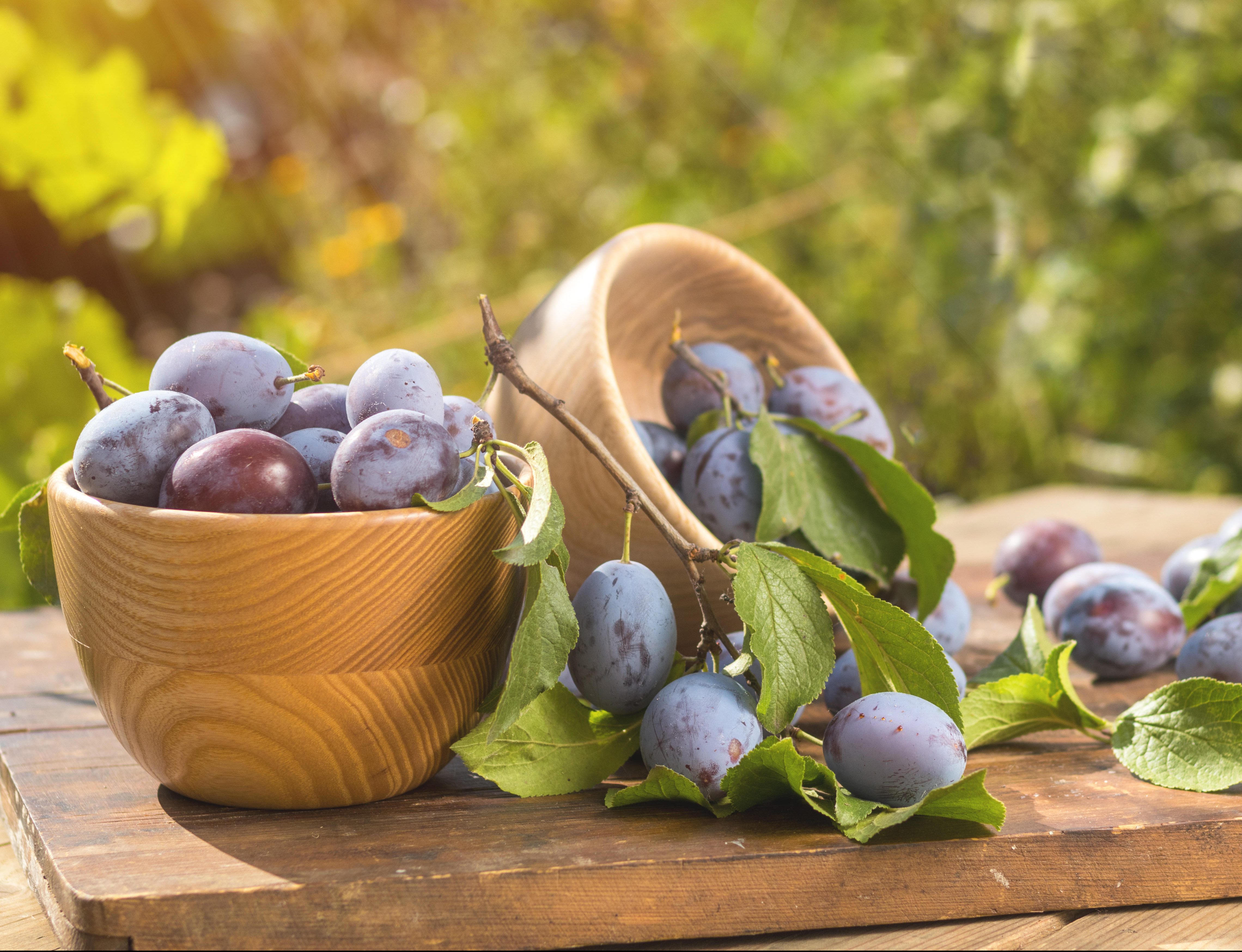
Plums to grow, plums to show, and plums to pop in your gin
Mark Diacono picks his favourite plums — and their close relatives, damsons, mirabelles, bullaces and gages.
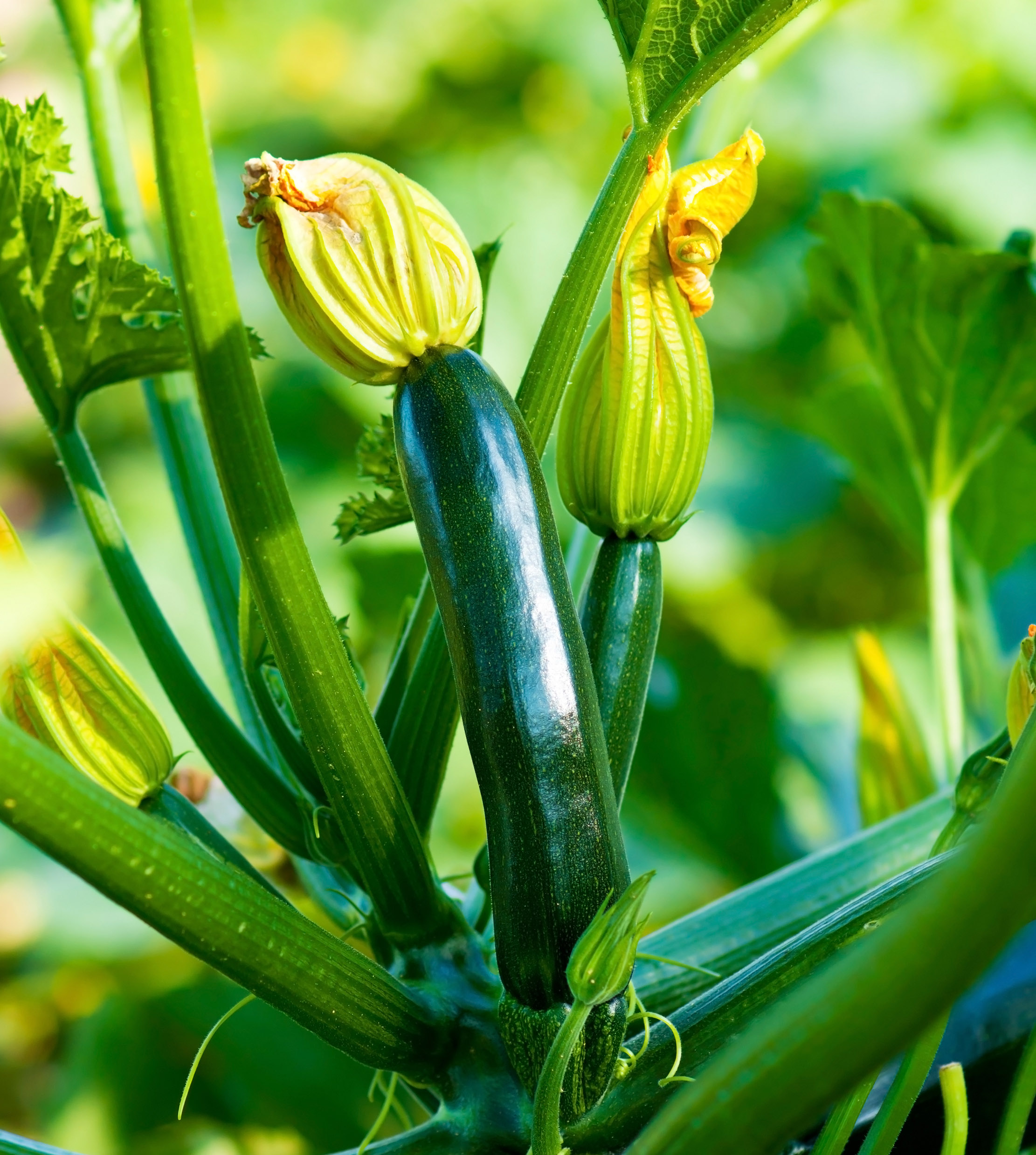
Credit: Getty Images/iStockphoto
Grow your own courgettes: What to plant, when to plant it... and why size really does matter
Mark Diacono shares his tips on the surprisingly simple yet hugely rewarding art of growing courgettes.
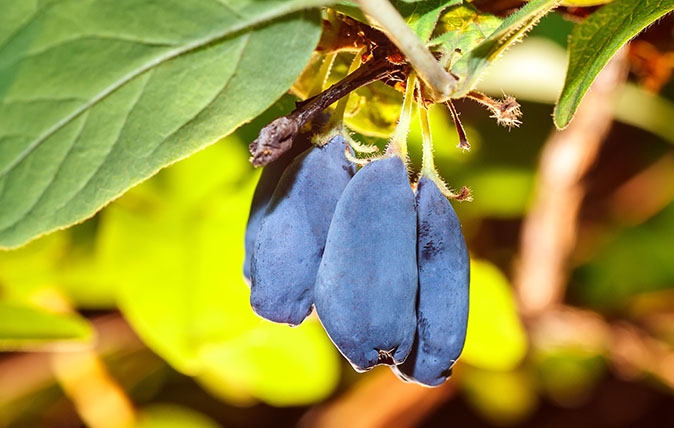
How to enjoy home-grown berries for seven months of the year
Mark Diacono offers us some berry good advice for enjoying our breakfast favourites, whatever the season.
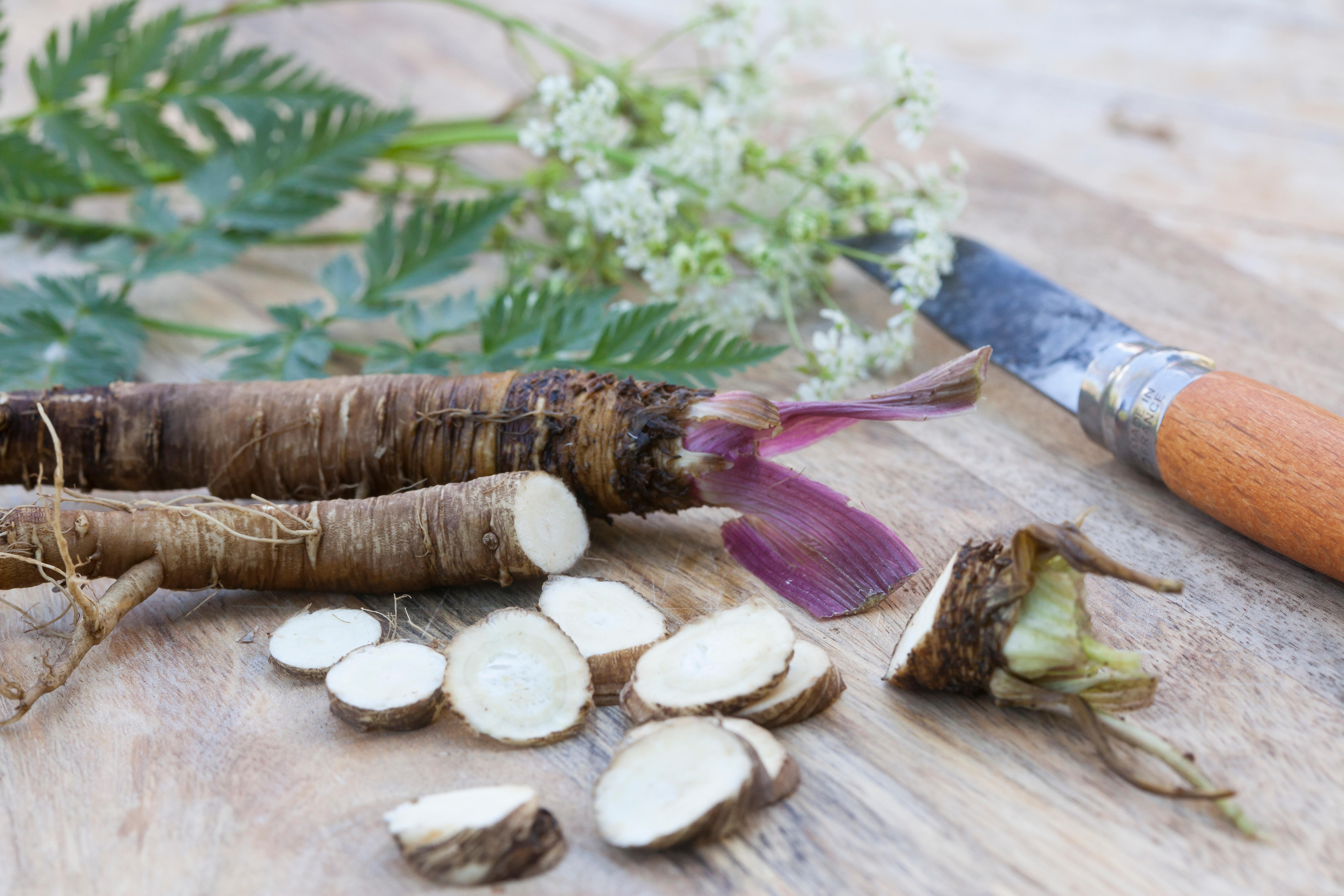
Credit: Alamy
The 'underground treasures' which are like a gardener's game of chicken — hold your nerve, and the pay-off is spectacular
Growing plants specifically to harvest their roots takes faith, patience and nerve, explains Mark Diacono, but it's well worth the
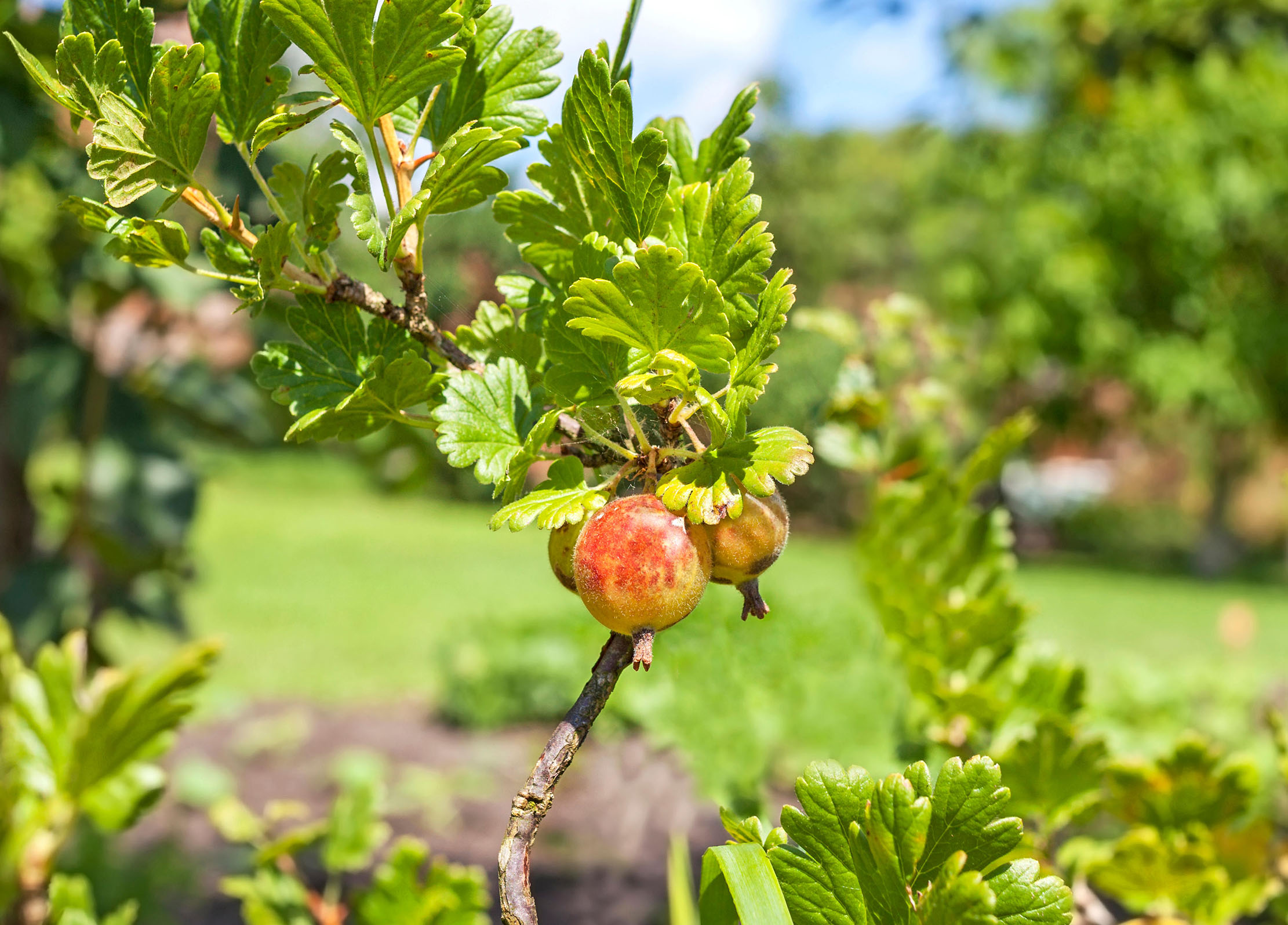
How to grow gooseberries: What to plant, how to look after them, and best ways to enjoy the harvest
Mark Diacono explains everything you need to know about gooseberries, the fruit 'that's really two fruits in one'.
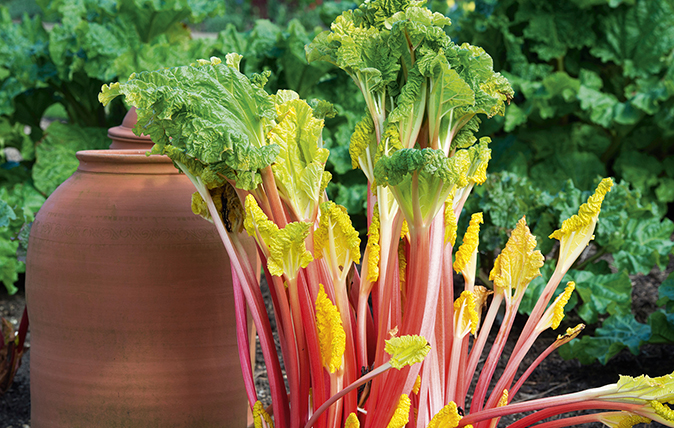
Credit: Alamy Stock Photo
Rhubarb: The pink promise of spring
Mark Diacono extolls the virtues homegrown rhubarb and reveals how to get the best out of your crop.
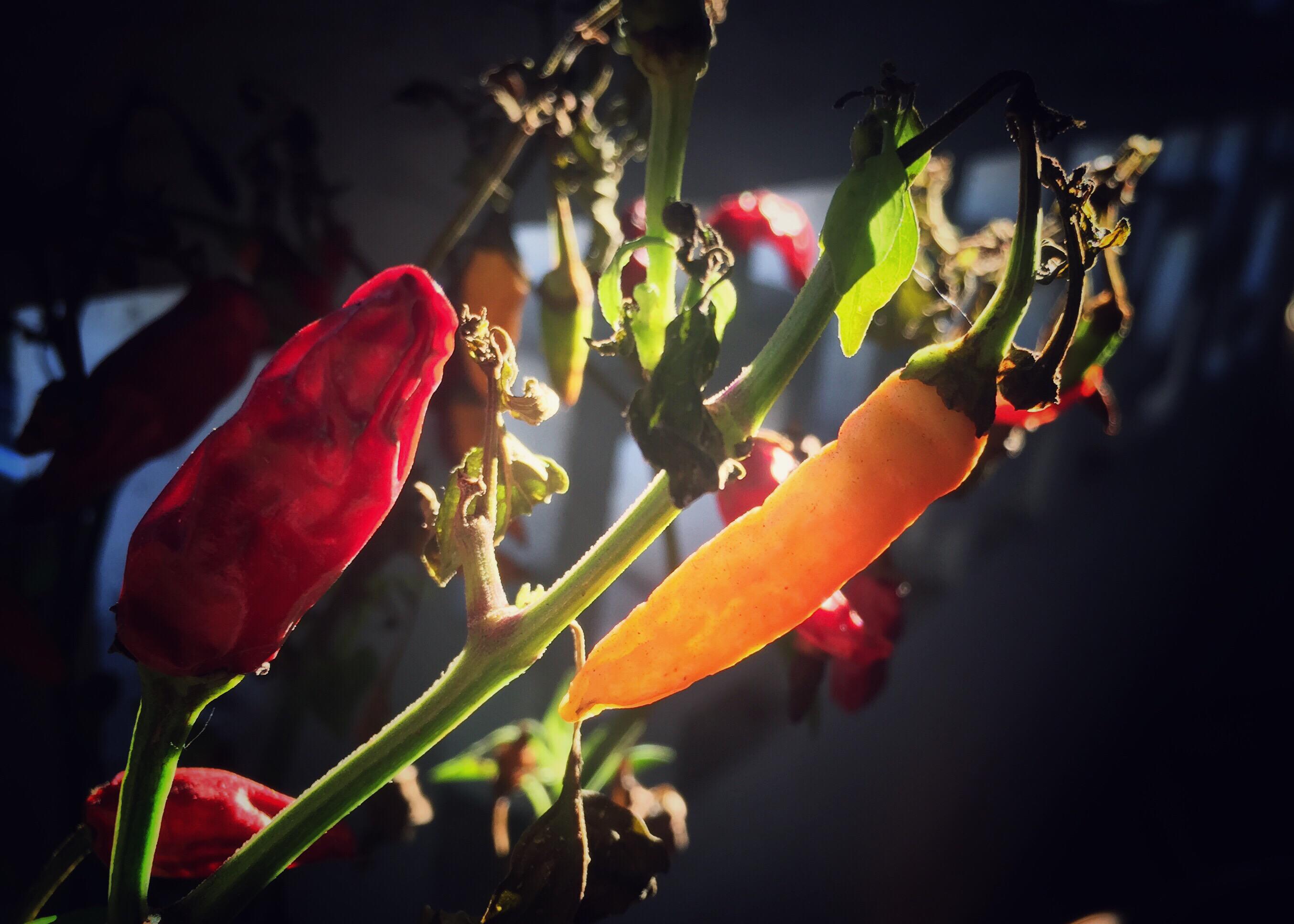
How to grow chillies in Britain: What to plant, where to plant them and how to make them grow
We associate chillies with hot climates, but they can be grown on these shores — Mark Diacono explains how.
Mark is lucky enough to spend most of his time eating, growing, writing and talking about food. He has written fourteen award-winning books, including A Year at Otter Farm and A Taste of the Unexpected (both won Food Book of the Year, and Garden Book of the Year). Known for growing everything from Szechuan pepper to pecans to Asian pears, Mark's refreshing approach to growing and eating has done much to inspire a new generation to grow some of what they eat. He was involved in the early days of River Cottage, appearing in the TV series, and writing four River Cottage books. Mark writes to a global audience on his best-selling Substack: Mark Diacono’s Abundance.
-
 A true gent lets his hair down on a Wednesday: Inside our Savile Row party to celebrate the publication of Gentleman's Life
A true gent lets his hair down on a Wednesday: Inside our Savile Row party to celebrate the publication of Gentleman's Life'The party marked the ten-year anniversary of Gentleman's Life and it was, fittingly, a party for the ages.'
-
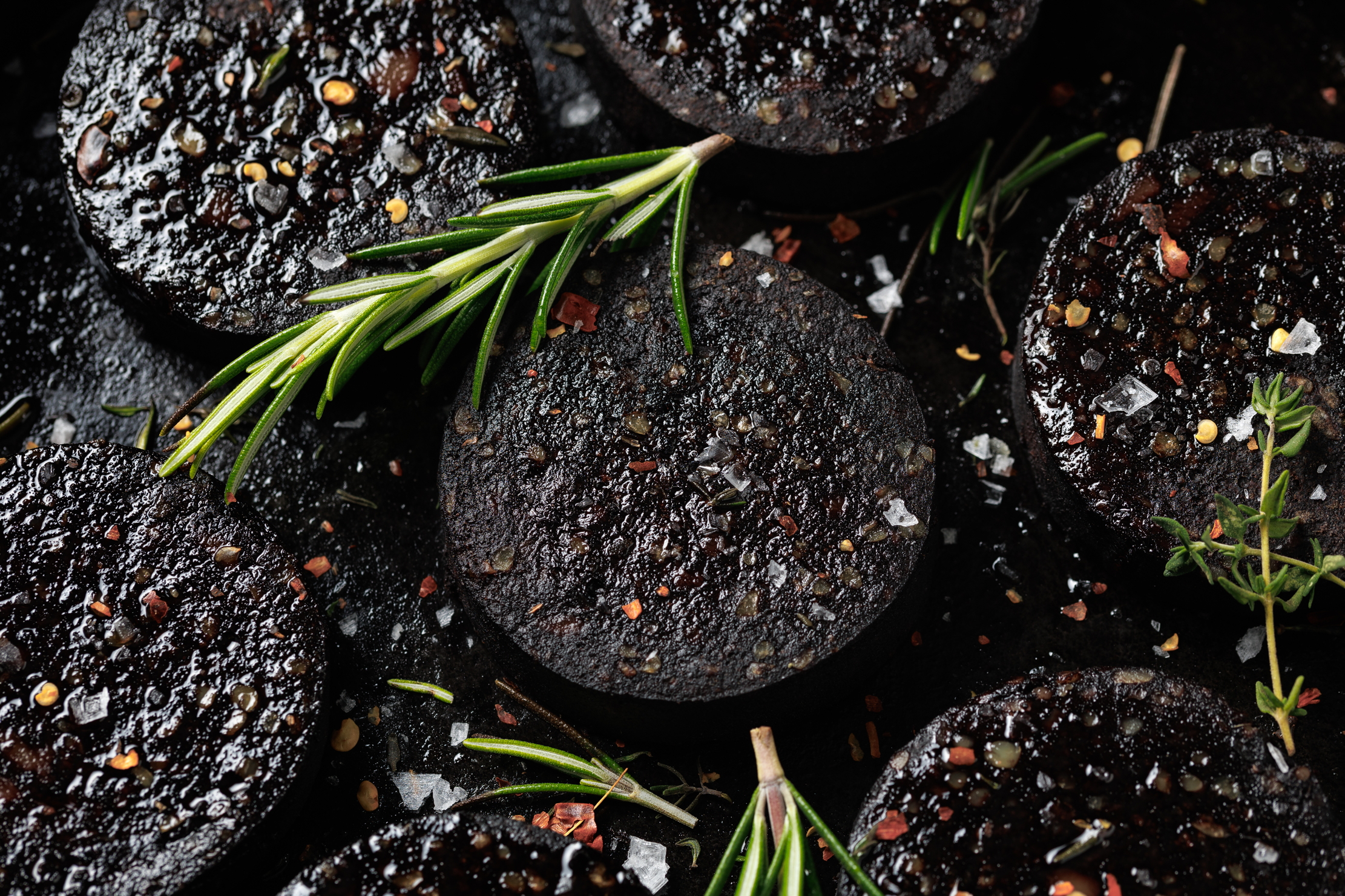 Made with porpoise blood, eaten with beaver tail: The not-so-normal history of the black pudding
Made with porpoise blood, eaten with beaver tail: The not-so-normal history of the black puddingAncient, but still popular, both very global and very local, much loved and at one point fiercely disdained. Bound up within the beloved black pudding there’s so much culture, so much history, and so many stories.
